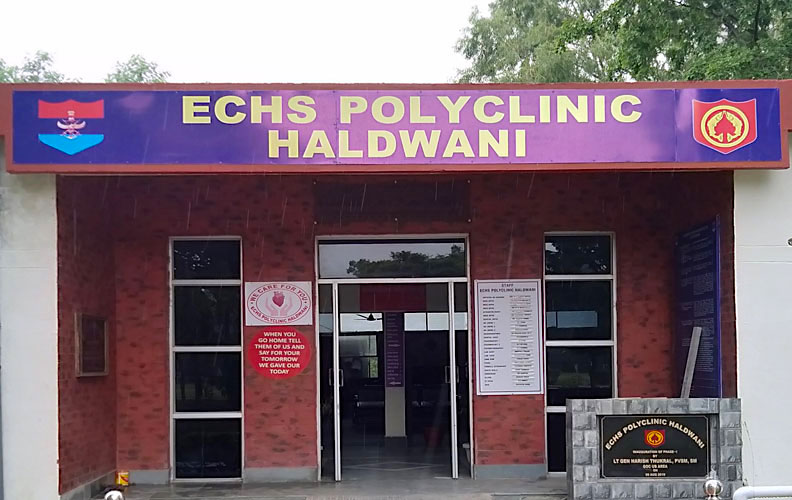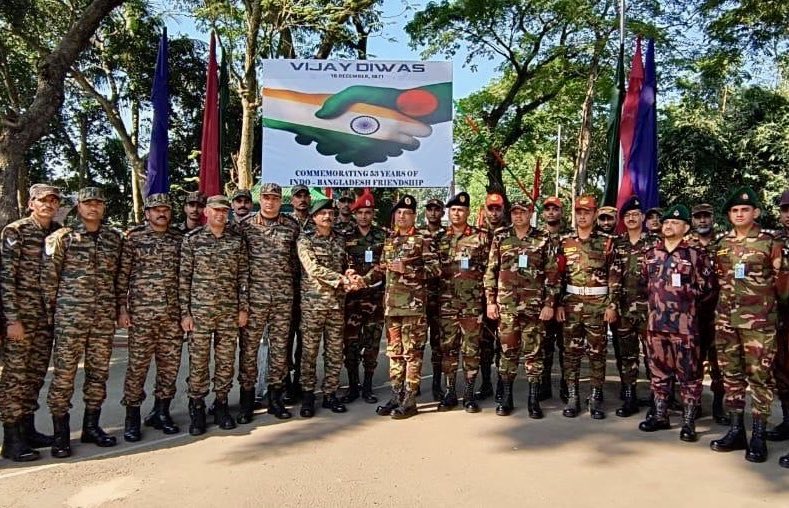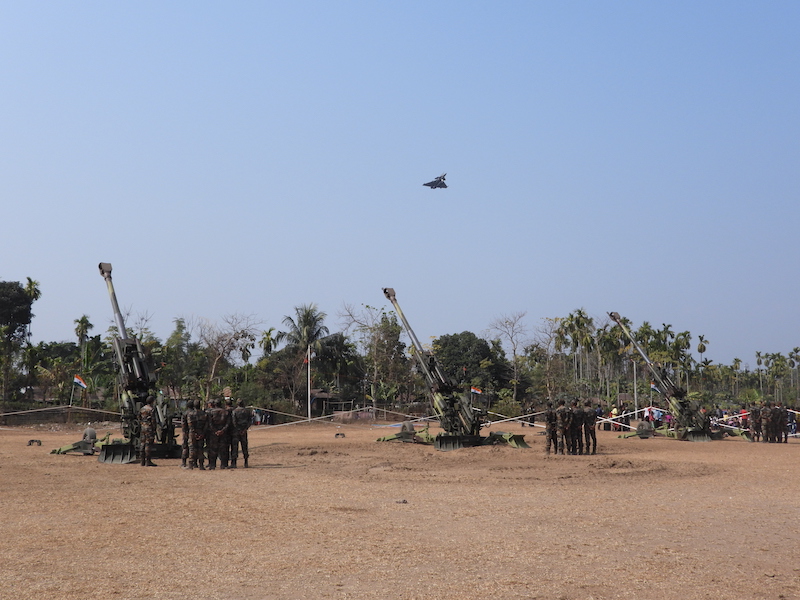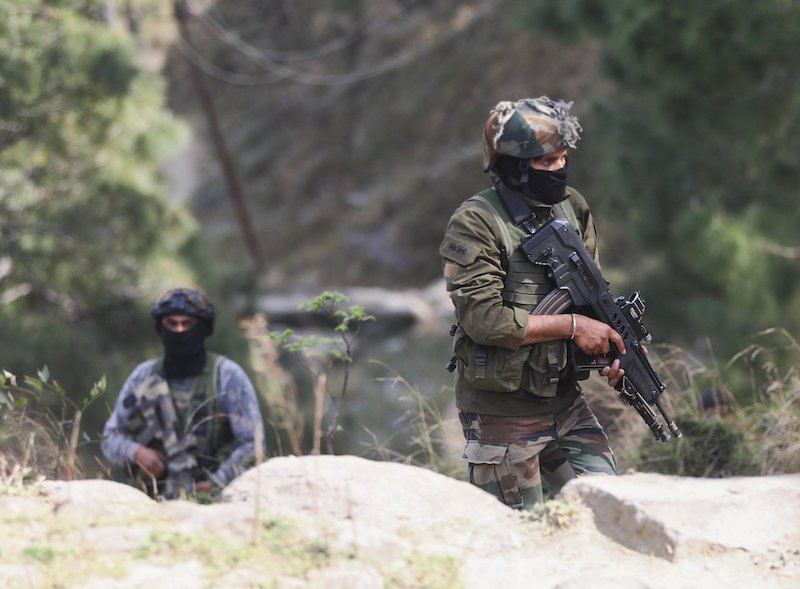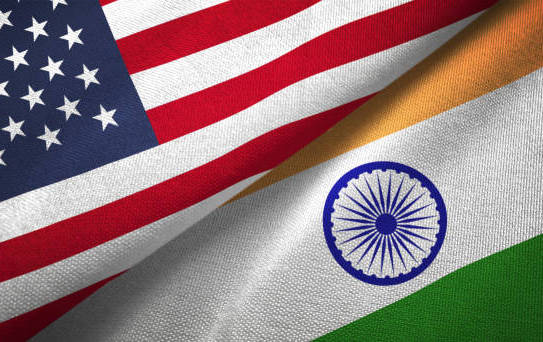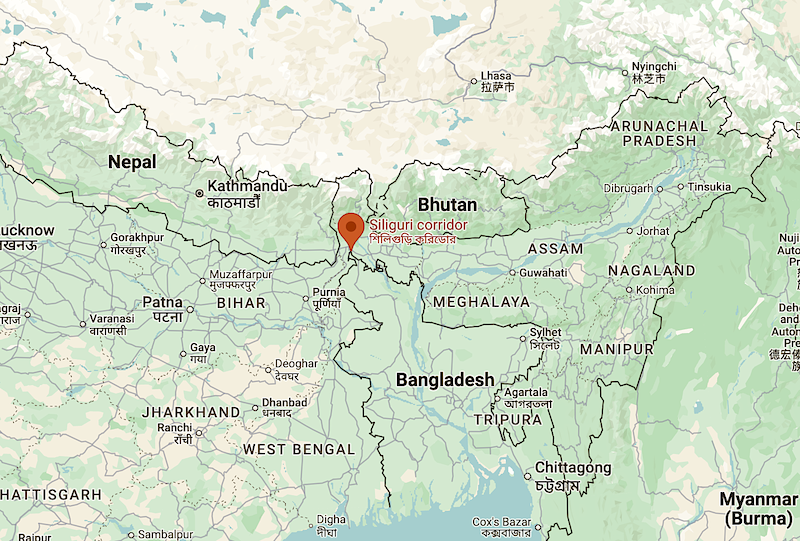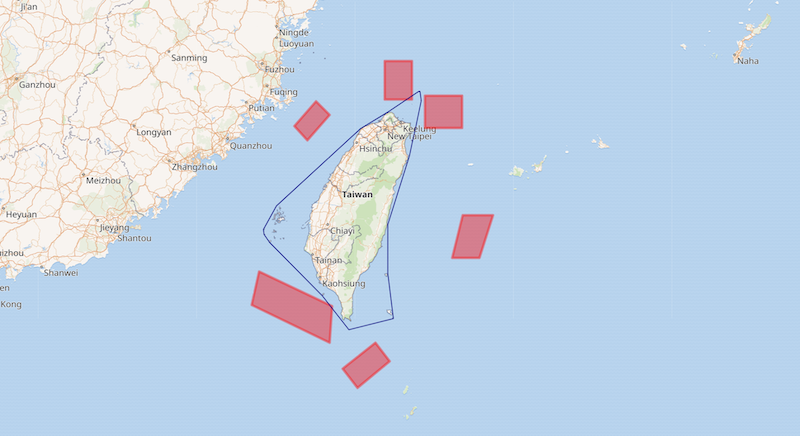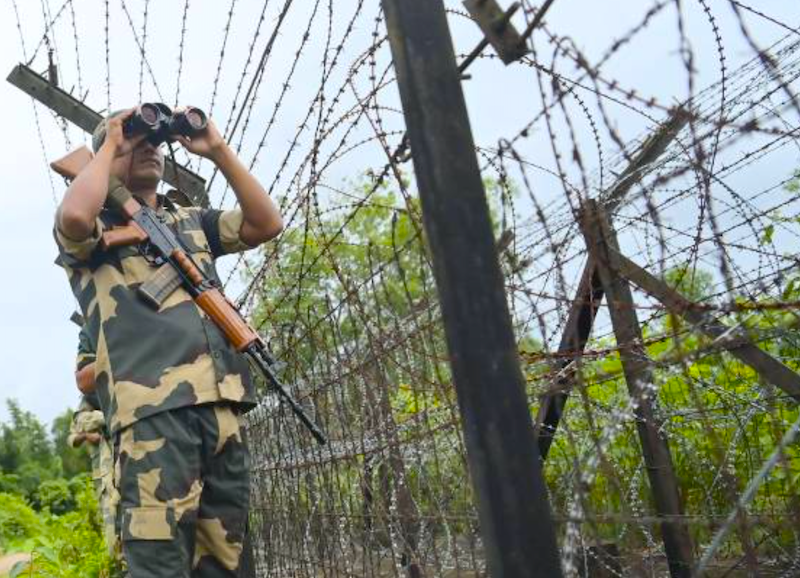 Inauguration ceremony of the 6th and last submarine of the Navy’s Kalvari-class submarines of Project-75. (Photo: Indian Navy)
Inauguration ceremony of the 6th and last submarine of the Navy’s Kalvari-class submarines of Project-75. (Photo: Indian Navy)
It can be argued that any navy in the world is as strong as the submarine fleet it possesses. A nation may own a lethal array of aircraft and ships, but the invincibility provided by a deadly submarine lurking deep behind enemy lines, unknown and undetected, is a threat which is taken most seriously by military planners. Therefore, it came as no surprise that our defence minister, Rajnath Singh, chose to embark Khanderi, one of the latest submarines of the Project-75 class, for a sea sortie during his visit to Indian Navy’s premier naval base at Karwar in the end of May.
It is in this backdrop that the never-ending delay and procrastination being meted out in the execution of P-75(I) Project raises serious concerns. The problem becomes more significant since the Navy presently has a force level of just 17 ageing conventional submarines. Apart from the relatively new Scorpene-class submarines built/ being built (as part of Project 75), the balance is more than 30 years old. Despite special refits to extend the service life (naval parlance for large-scale servicing), their deteriorating war-waging potential owing to inevitable wear and tear of the hull and other critical components is glaring us right in the eye. While this might be a heartening news for both our adversaries on the west and north, it should ring severe alarm bells within own national security apparatus.
China, which poses a major threat, takes pride in being the largest navy in the world and possesses an inventory of more than 60 submarines, which includes nuclear-powered and nuclear-armed ballistic missile submarines (SSBNs), as well as around 40 attack submarines, including 6 nuclear-powered ones. The rapid induction of ever-increasing number of capable submarines by China is indeed a big area of concern. More worrying has been the increasing forays and deployments of People Liberation Army Navy (PLAN) submarines into the Indian Ocean in recent years.
It is not that the present deplorable state of our submarine fleet has manifested suddenly out of the blue. In fact, this deteriorating strength of the submarines was foreseen well in time and recognized as a major handicap as early as 1999. Accordingly, the 30-year “Submarine Building Plan”, which was jointly prepared by the Navy, the defence ministry, and other stakeholders of national security establishment, was duly approved by the Atal Bihari Vajpayee government in July 1999. This plan envisaged induction of 24 diesel-electric attack submarines. Apart from this, the plan also envisioned a pathway for simultaneous serial production of two types of submarines – P-75 (India) and P-76 (India) – in two separate shipyards. This was specifically permitted by the government to ensure timely availability of the required number of submarines for the Navy keeping in mind the large gestation period involved in building them right from the design stage to launch, followed by extensive trials to prove their sea worthiness. Therefore, the first type was planned to be advanced submarine of imported design. The second type was to be an indigenized version of submarine built in our country with homegrown expertise in design and manufacturing coupled with some assistance in niche technologies from friendly countries.
However, the 30-year plan was delayed right from its inception due to the administrative red-tape and typical dilly-dallying in decision-making so common in all defence procurements in India. This resulted in fast paced dwindling of naval submarine force level over the last two decades. While the Scorpene programme (P-75) came as a slight interim breather in this regard, this too was much delayed, and the contract could be inked only in 2005 for building six French Scorpene-class submarines under technology transfer at Mazagaon Dockyard Limited (MDL) in Mumbai in collaboration with the Naval Group (formerly known as DCNS) of France. This programme was also subjected to further avoidable delays during execution phase over last 17 years resulting in it overrunning the scheduled deliveries of all six submarines by multiple years. It is pertinent to mention that the last of the deliverables, named Vagsheer (Yard 11880), was launched into the sea at Mazagaon Dock’s Kanhoji Angre Wet Basin only in April this year – a full 17 years after signing of the contract.
It is a no-brainer that the follow-on program to these six Scorpene-class submarines should ideally have been set in motion by now. This is because the huge infrastructure created over the last two decades at MDL will now lie idle post commissioning of Vagsheer by 2023. This is akin to criminal wastage of not just the infrastructure but is also likely to result in loss of trained specialized manpower in this niche submarine building capability, which the nation has so painstakingly acquired until now. Under the P-75(I) project, the Navy was slated to be equipped with six conventional diesel-electric attack submarines, with state-of-the-art features like air-independent propulsion (AIP), advanced intelligence, surveillance, and reconnaissance (ISR) abilities, anti-ship warfare (AShW), Anti-Submarine Warfare (ASW), anti-surface warfare (ASuW) and land-attack capabilities amongt others.
Had the P-75(I) contract been signed by now, the construction of next lot of six submarines would have been well underway in MDL along with utilizing the expertise of another private player, L&T, which incidentally are the two strategic partners (SP) identified by the MoD and authorized to deal with either of the prospective technology-sharing foreign players – France’s Naval Group, Russia’s Rosoboronexport, Germany’s Thyssenkrupp, Spain’s Navantia, and South Korea’s Daewoo.
Here, it is worth mentioning the capabilities which the submarines bring to the table for enabling a better understanding of their criticality. Submarines have superior stealth features, such as low radiated noise levels, advanced acoustic silencing techniques and the ability to attack with precision-guided weapons on board. The Navy employs the submarines for missions, such as intelligence gathering, area surveillance, anti-surface warfare, anti-submarine warfare and minelaying operations. The submarines are armed with multiple torpedo-launching tubes, heavy weapons, tube-launched anti-ship missiles and precision-guided weapons. It can launch crippling attacks on the surface and underwater enemy targets. They are extremely effective to deter an enemy and act as a force multiplier using precise targeting information received from our maritime patrol aircraft, like P-8I, and military satellites.
However, sadly no lessons seem to have been learned and the Project-75(I) is also progressing at a snail’s pace much like its predecessor. Project 75(I) has been mired with delays related to procedures and SP model. The problem at hand has been compounded by the fact that almost all the prospective foreign partners mentioned above are backing out of the project one by one citing various reasons. These include inability to prove sea worthiness of AIP technology, concerns that some stipulations, such as mandatory high indigenous content proportion and nearly unlimited liability on the foreign technology partner will not be possible for them to comply with. We have now reached a stage that even if the case is expedited, the first of the class of P-75(I) submarine is unlikely to be inducted before 2032 and therefore, there is going to be an inevitable shortfall of India’s submarine strength. This is going to hurt us even more due to the scheduled de-induction/decommissioning of existing older Kilo-class and Shishumar-class submarines in near future.
Since we are in a fait accompli situation about inordinate delay in P-75(I) program, there is an immediate need to look at other options to ensure that the depletion in submarine force level is arrested to the maximum possible extent. One way ahead could be going forward with a repeat order on MDL for production of more Scorpene-class submarines which have proved their superior combat capabilities in the last few years of continuous operations. This will not just help us in replacing the soon to be decommissioned older submarines but will also result in optimum utilization of existing infrastructure and manpower expertise at MDL as brought out above. Another option is to fast-track the ongoing P-76 program of procuring new nuclear-powered attack submarines (SSN). The government has already approved the construction of six of such submarines in February 2015. These are being designed by the Navy's in-house Directorate of Naval Design and scheduled to be built at the Ship Building Centre (SBC) at Visakhapatnam. The commencement of construction of these SSNs must not be allowed to slip beyond 2024 to aim at a realistic commissioning by 2032. The government can also seriously look at outright purchase of an existing class of submarines held in inventory of strategic partners to plug the immediate gap in the minimum inescapable numbers of submarines critically required to meet our operational objectives effectively. This will go a long way in assuring minimum combat worthiness and deterrence in the short term.
Mind you, India, as a nation, cannot afford to look the other way even as this critical behemoth of an issue stares at us in most glaring and unapologetic manner. This is something which directly affects the national security of our country and, therefore, cannot be placed on the backburner at all. There has never been a more appropriate time for us to put the house in order as far as submarine fleet of our nation is concerned. The time to act is now before it is too late to take any worthwhile corrective action.
Disclaimer: The views expressed in the article are the author’s own and don’t necessarily reflect the views of India Sentinels.
© India Sentinels 2022-23

